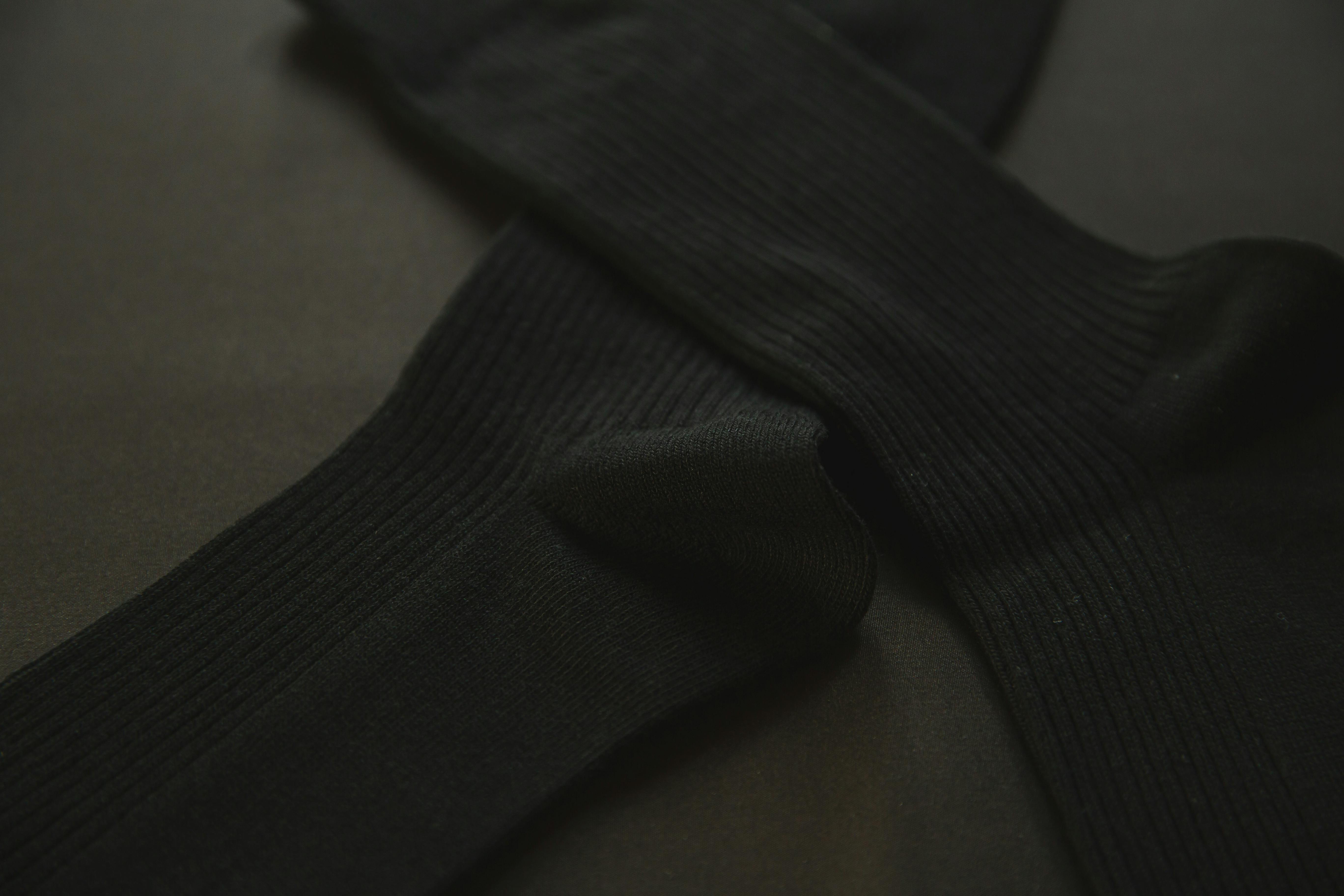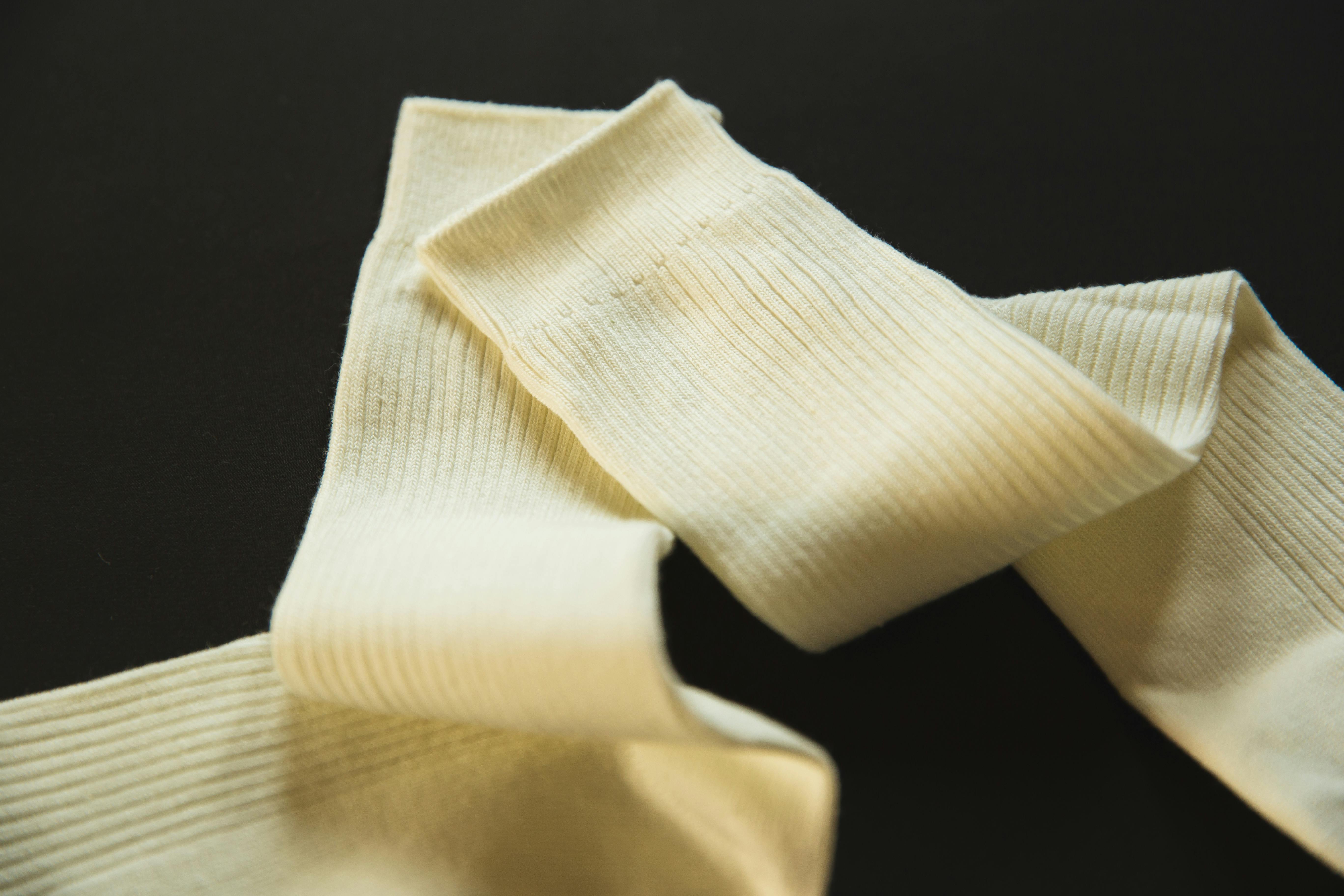How Long Can You Wear Compression Socks For

Compression socks are a specialized type of sock designed to provide increased support and pressure to the legs which helps reduce swelling and improve blood circulation. They can be worn for a variety of activities or purposes, but how long can you wear compression socks for? In this article, we will discuss the potential benefits of compression socks and the recommended amount of time they should be worn in order to maximize their effectiveness.Compression socks are specially designed garments that provide extra pressure on the lower legs to help improve circulation and reduce discomfort and swelling. They come in a variety of styles, sizes, and levels of compression to suit individual needs. Compression socks are worn during physical activity or for long periods of time to provide support and relief from conditions such as varicose veins, deep vein thrombosis, edema, and post-thrombotic syndrome. They may also be prescribed for people who fly long distances or stand for prolonged periods of time.
The Benefits of Compression Socks
Compression socks are special socks designed to provide graduated compression to the lower legs. This helps to promote better circulation, reduce swelling, and improve overall leg health. Compression socks are popular among athletes, travelers, pregnant women, and people with medical conditions such as diabetes or varicose veins. Here are some of the benefits of wearing compression socks:
Improved Circulation
Compression socks apply pressure to your legs which helps to increase blood flow from your feet and ankles back up through your calves and thighs. Improved circulation can help prevent a range of conditions such as deep vein thrombosis (DVT). It can also reduce swelling in your feet and ankles.
Reduced Muscle Soreness
By improving circulation, compression socks can also help reduce muscle soreness after exercise. The increased blood flow helps carry away lactic acid which is responsible for muscle fatigue. This can help you recover faster after a workout or long day on your feet.
Pain Relief
Compression socks can also provide relief from pain associated with conditions such as plantar fasciitis or shin splints. The graduated pressure helps support the muscles in the legs while also providing cushioning for the feet. This can help relieve pain and improve mobility.
Protection from Varicose Veins
Varicose veins occur when the valves in the veins become weak, causing blood to pool in the lower legs. Compression socks help improve circulation by supporting the valves and preventing them from becoming weak over time. Wearing compression socks regularly can help protect against varicose veins.
Overall, compression socks offer a range of benefits that make them an ideal choice for athletes, pregnant women, travelers, and anyone looking to improve their leg health or reduce discomfort in their lower legs.
What Are The Risks Of Wearing Compression Socks?
Compression socks are a type of medical device worn to help improve blood flow and reduce swelling in the legs. While they provide numerous benefits, there are also potential risks associated with wearing compression socks. The most common risk associated with wearing compression socks is a skin irritation or rash. This can occur when the fabric of the socks rubs against the skin, leading to inflammation and itching. Blisters and sores may also develop if not treated quickly.
Compression socks may also cause nerve damage if worn too tightly. Compression stockings should fit snugly but not too tightly as this can cause increased pressure on nerves and interfere with circulation. If you experience any tingling or numbness while wearing your compression socks, you should loosen them immediately and consult your doctor for further advice.
Another potential risk of wearing compression socks is circulatory problems such as deep vein thrombosis (DVT). DVT is a potentially serious condition caused by a blood clot in a vein deep within the body, usually in the legs. Wearing tight-fitting compression stockings may increase your risk for DVT if you have other risk factors such as prolonged immobility or recent surgery.
Overall, while there are risks associated with wearing compression socks, these risks can be minimized with proper use and care of the product. Make sure you select the right size and type of sock for your needs, avoid wearing them too tightly, and inspect them regularly for signs of wear or tear. If you have any concerns about using compression socks, speak to your doctor before starting any treatment plan.
How To Measure For Compression Socks
Knowing your size is essential when it comes to buying compression socks. It can be difficult to find the right size, but with the right measurements, you can get the perfect fit. Here’s how to measure for compression socks:
Start by measuring your calf circumference. Place a tape measure around the widest part of your calf and record the measurement in inches. This will help you determine what size of sock you need.
Next, measure your ankle circumference. Place a tape measure around the smallest part of your ankle and record this measurement in inches as well. This will help you choose from a variety of styles that are available in different sizes.
You should also measure your foot length. Place a tape measure on the floor and place your foot on top of it. Measure from the back of your heel to the tip of your longest toe, and record this measurement in inches.
Once you have all three measurements, compare them with manufacturer sizing charts to find out what size of sock would best fit you. Make sure to take note of any special instructions that may be listed on the sizing chart as well.
Follow these steps and you’ll be able to find the perfect size for compression socks!
Putting On Compression Socks
Putting on compression socks can seem daunting at first, but it doesn’t have to be! Compression socks are an important part of many people’s daily routines, and with a few simple steps, you can make sure your socks are on correctly.
The first step is to identify the correct size for your feet. It’s important to make sure that the socks fit correctly so that they are able to provide the proper level of compression. Your doctor or health care provider can help you determine the right size.
Next, make sure that you have a clean, dry surface to work on before putting your socks on. Make sure that your feet are also clean and dry before putting them in the socks.
Once everything is ready, place the sock over your foot and ensure it covers your toes completely. Gently pull up the sock and smooth out any wrinkles or bunches as you go along. Make sure to pull it up evenly so that both feet are covered equally.
When you reach the top of the sock, gently roll down any excess fabric until it fits snugly around your calf. You may have to adjust them periodically throughout the day if they start to slip or bunch up in certain areas.
Finally, if you’re having trouble putting them on or getting them into place, consider using a stocking aid or compression stocking aid device. This will help you get into position and hold them in place while you roll them up your leg for added comfort and support.
By following these simple steps for putting on compression socks, you can ensure that they fit correctly and provide maximum benefit for your legs and feet!

What Is The Best Time To Wear Compression Socks?
Compression socks are a helpful tool for many people, as they help to improve blood circulation and reduce swelling in the lower legs. While compression socks can be worn at any time, there are certain times when they may be more beneficial.
The best time to wear compression socks is when you may be prone to leg swelling or experiencing fatigue in your legs. This could include during long trips or when standing for extended periods of time. Compression socks can also be helpful if you have a medical condition such as varicose veins, lymphedema, or venous insufficiency. Wearing compression socks during physical activity or exercise can also help improve performance and reduce muscle fatigue.
Compression socks should also be worn when you are not as active in order to keep your circulation optimized and reduce the risk of developing blood clots. This includes wearing them while sitting for extended periods of time, such as when at work or traveling on a plane or train. They can also be worn during sleep in order to improve circulation and reduce swelling overnight.
Overall, compression socks can be beneficial at any time, but it is important to consider when the extra support will be most beneficial for you. If you have any questions about the best time to wear compression socks, it is best to consult with your doctor or healthcare provider before starting any new routine.
Can Wearing Compression Socks After Surgery Affect How Long I Can Wear Them?
Wearing compression socks after surgery can significantly influence recovery. Many find that the correct fit and application promote better circulation and reduce swelling. However, it’s essential to follow medical advice regarding compression sock duration postsurgery to ensure optimal healing and prevent complications. Always consult your healthcare provider for personalized recommendations.
Should You Wear Compression Socks During Exercise?
Compression socks are a great way to provide support to your legs during exercise. They can help reduce fatigue, improve blood circulation, and reduce muscle soreness after a workout. But should you wear compression socks while exercising?
The answer is generally yes. Wearing compression socks during exercise can have a variety of benefits, including increased performance, faster recovery time, and improved blood circulation. Compression socks can also help reduce swelling in the lower legs, which is especially beneficial for athletes who run or do high-impact activities such as basketball and soccer.
It’s important to note that compression socks should be worn with caution for certain people. Those with circulatory problems or diabetes should consult their doctor before using any type of compression garment, as they can be dangerous in some cases. Additionally, wearing compression socks during exercise may cause discomfort or even pain for some people, so it’s best to wear them only when necessary and stop if you feel any discomfort.
In general, wearing compression socks during exercise is a great way to support your legs and improve performance. They can help reduce fatigue and muscle soreness after a workout, as well as increase blood circulation and reduce swelling in the lower legs. However, it’s important to use caution when wearing them and make sure you stop if you experience any discomfort.
How Long Can You Wear Compression Socks For?
Compression socks can be worn for long periods of time depending on the individual’s needs. Generally, it is recommended that compression socks are worn for at least 6-8 hours a day. However, if needed, they can be worn for up to 24 hours a day. Wearing compression socks for too long can cause discomfort to the feet and ankles. It is important to listen to your body and take breaks as needed.
Compression socks should be removed during activities that require intense physical activity such as running or working out. This will help prevent the socks from becoming too tight and uncomfortable while exercising. After physical activity, it is recommended that you put the compression socks back on to help with recovery and reduce swelling in the feet and ankles.
For those who suffer from chronic conditions such as diabetes or vascular disease, wearing compression socks for longer periods of time may be necessary. In these cases, it is important to speak with your doctor about the best course of action. They can provide advice on how long you should wear them and suggest other strategies for managing symptoms related to chronic conditions.
Overall, compression socks can be beneficial when worn correctly and at the right times throughout the day. It is important to follow instructions provided by your doctor or manufacturer when wearing them in order to ensure optimal results and prevent any potential complications from occurring due to overuse or misuse of the product.

Conclusion
Compression socks can be a great way to improve circulation and reduce swelling in your feet, legs and ankles. They can also help to reduce fatigue and soreness in your lower body. However, it is important to remember that wearing compression socks for too long can be damaging to your health. It is recommended that you wear compression socks for only 8-12 hours per day, and that you take breaks throughout the day. Always consult with your healthcare provider before wearing compression socks, as they can help determine whether or not they are right for you, as well as how long you should wear them.
Overall, when worn correctly, compression socks can be a great way to improve comfort and reduce swelling in the lower body. Just make sure that you follow the guidelines set forth by your healthcare provider, and take breaks throughout the day as needed.
